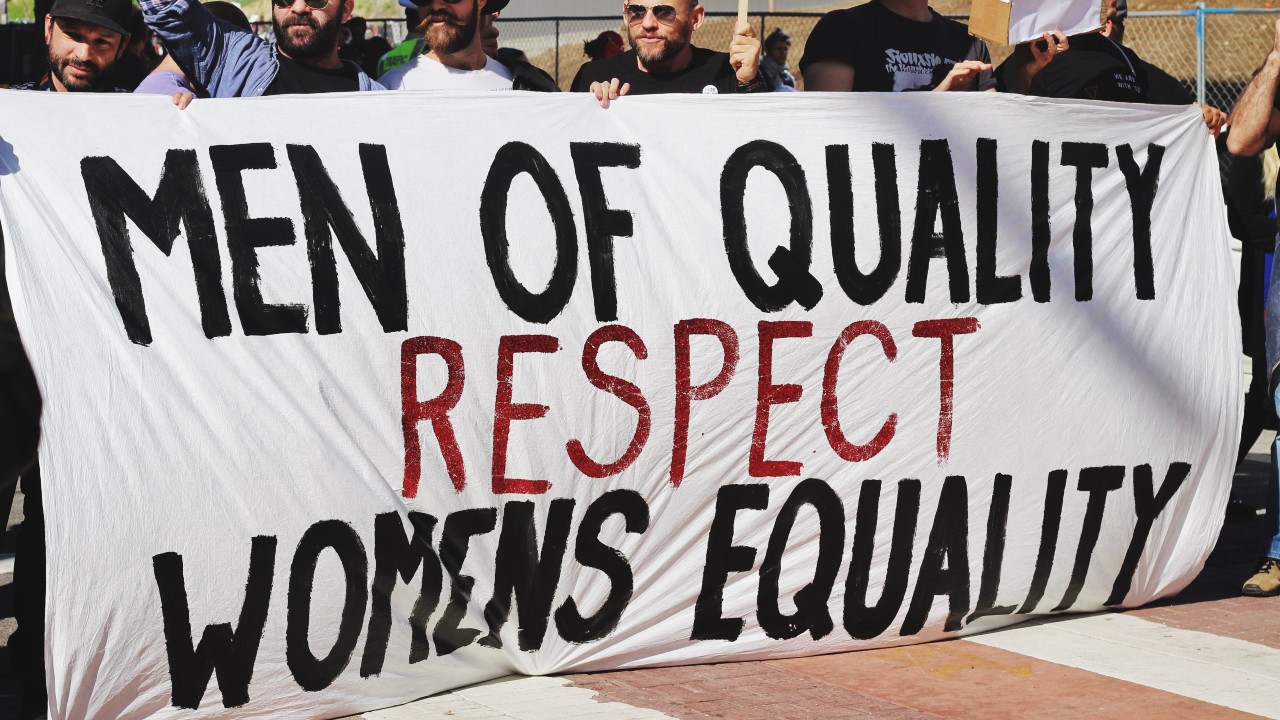By Maria Figueroa
◦ 3 min read ◦
To mark International Women’s Day 2021, the University of Bath’s Business and Society blog and Copenhagen Business School’s Business of Society blog have teamed up to present March for Gender. This month we will explore research focusing on gender, or research findings that have specific implications for women.
In our final piece of the month Maria Figueroa looks beyond gender, and explains how business education and research can create a fully inclusive society that leaves no one behind.
The ethos of the Sustainable Development Goals (SDGs) is that society should be inclusive, environmentally just and enabling economic prosperity leaving no one behind. Business knowledge, education and research in these areas keep however advancing in separated disciplines, often directing the focus of attention to partial responses that may contribute to perpetuate conditions that leave people behind. Cohesion in achieving the SDGs goal of leaving no one behind cannot rely in adapting sameness of solutions. It requires attending to societal differences and facilitating the multiplication of ideas, creativity and forms of collective action and knowledge production and dissemination.
There is a critical role for research and education to help deepen the inquiry of what it takes to leave no one behind particularly a key role in business education.
The ethos of business education and research for sustainability is to prepare private actors, investors, new business models, organizations and institutional actors in finding ways of addressing SDGs. In the selection and adoption of seventeen development goals of 2015 involvement of a great array of societal actors, from national governments to business representatives, big corporations and civil society organizations was ensured. The resulting agenda for action made emphasis to acknowledge the central role in achieving SDGs to be played by private actors, private finance, and businesses in forms of public private partnerships.
However, more than five years later, only marginal changes are tangible within business school education and research and a weak articulation of the bold SDG agenda for change.
Besides individual courses and occasional initiatives, no major overhaul or programmatic educational shift effort within or across departments has challenge the operation and scope of business education.
A common approach in universities and business schools has been identification of how many SDGs goals are being targeted in their scope of education and current action, and reporting on these as evidence of engagement with SDGs. A similar approach serves to help businesses and public actors learn and report on what they are already doing to engage with SDGs. This together with helping business explore effective reactive stances to avoid societal or environmental crisis or challenges emerging. These two common approaches to business research and education make no clear inroad for how business and private actors can contribute to leaving no one behind.
The ethos of civil society is to generate voices and manifestations that reveal the extent of economic, social and environmental discontent, lack of improvement and unjust conditions and of articulating demands for action and changes at all levels. Recent events have elevated voices in movements such as Black Lives Matter, Me Too, Fridays-for-the-Future, Extinction Rebellion, Indigenous communities and other organized voices in society ranging from extreme right movements to nature representatives organizing other than human voices (forest, soil, pollinators, biodiversity).
The complexity of the current climate and environmental challenges and increasing volume and presence of these voices cannot be dismissed in business education and research, or handled in separated efforts as matter of concern only to businesses operating in international or developing regions and localities.
Leaving no one behind requires engaging in knowledge production that gives attention to all forms of engagement in business and societal interactions. This attention should facilitate changes in education that to produce exceptional novelty and innovation and to nurture a potential to advance knowledge of practical and academic high quality, education that is capable of setting new frontier research bringing in systemic interactions within a variety of academic disciplines and ensuring practical and transformative business knowledge with a holistic and environmentally just take toward sustainability transition.
Business schools are posed to advance breakthrough knowledge to meet the “leave no one behind” goal, tackling several areas from the production and service processes transparency specifically in value creation, to emphasising sustainability and environmental justice through the company’s technological advancements and presenting sustainable values, mission and vision.
Furthermore, business education need incorporating appraisal of systemic change associated with challenging processes and their ecological and social impact and behavior change. With the capability to increase the value for the environment, participation of nature in business innovations, the understanding of what enhances people’s agency, what provision safe wards participation, and improves cooperation and what helps to unleash individuals vitality and imagination and can contribute to co-create new market niches and business opportunities.
Maria Figueroa is an Associate Professor in Sustainability Management at the Department of Management Society and Communication at Copenhagen Business School. Her research intersects scholarship from urban sustainability science, comparative international politics of climate mitigation, innovation, and partnerships for sustainable development. She focuses on the assessments of drivers, trends and challenges of low carbon transitions and sustainable development.







